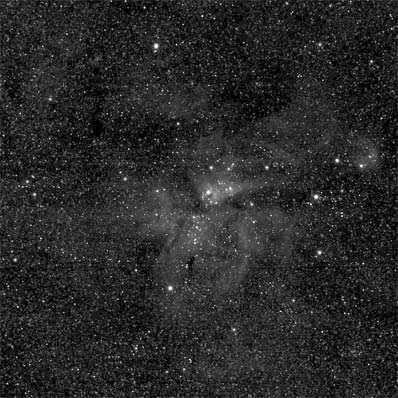
Spaceflight Now +

|

|

|

|

Premium video content for our Spaceflight Now Plus subscribers.

Science of New Horizons
 The first robotic space mission to visit the distant planet Pluto and frozen objects in the Kuiper Belt is explained by the project's managers and scientists in this NASA news conference from the agency's Washington headquarters on Dec. 19. The first robotic space mission to visit the distant planet Pluto and frozen objects in the Kuiper Belt is explained by the project's managers and scientists in this NASA news conference from the agency's Washington headquarters on Dec. 19.

 Dial-up | Broadband Dial-up | Broadband

Shuttle program update
 Bill Gerstenmaier, NASA associate administrator for space operations, discusses the latest space shuttle program news, including the decision to remove the PAL foam ramp from future external fuel tanks, during this December 15 teleconference with reporters. Bill Gerstenmaier, NASA associate administrator for space operations, discusses the latest space shuttle program news, including the decision to remove the PAL foam ramp from future external fuel tanks, during this December 15 teleconference with reporters.

 QuickTime | For iPod QuickTime | For iPod

Remembering Gemini 6
 The Gemini 6 mission launched from the Cape at 8:37 a.m. December 15, 1965 to rendezvous with the orbiting Gemini 7 spacecraft. The rendezvous occurred and Gemini 6 safely returned to Earth. The Gemini 6 mission launched from the Cape at 8:37 a.m. December 15, 1965 to rendezvous with the orbiting Gemini 7 spacecraft. The rendezvous occurred and Gemini 6 safely returned to Earth.

 Play video Play video

New views of icy moons
 NASA's Cassini spacecraft orbiting Saturn is wrapping up a phenomenally successful year of observing the mysterious icy moons, including Enceladus, Dione, Rhea, Hyperion and Iapetus. NASA's Cassini spacecraft orbiting Saturn is wrapping up a phenomenally successful year of observing the mysterious icy moons, including Enceladus, Dione, Rhea, Hyperion and Iapetus.

 Play video Play video

 Become a subscriber Become a subscriber
 More video More video

|

|

|

|
|

|

Cassini's galactic aspirations
CASSINI PHOTO RELEASE
Posted: December 22, 2005

Credit: NASA/JPL/Space Science Institute
Download larger image version here
|
Cassini briefly turned its gaze from Saturn and its rings and moons to marvel at the Carina Nebula, a brilliant region 8,000 light years from our solar system and more than 200 light years across. Nearly every point of light in this image is a star in our galaxy, the Milky Way.
The nebula is a region of gas and dust made to glow by the ultraviolet light bursting from bright, hot and extremely massive young stars within. Darker regions in the scene are not devoid of stars; rather, they are areas where dense clouds of dust block the light from background stars.
This image and others like it are taken by the spacecraft from time to time for calibration purposes. Calibration images rarely contain such incredible sights. This one affirms Cassini's position as the farthest, working astronomical observatory ever established around our sun -- our eyes on the cosmos, a billion miles from Earth.
The image was taken using the Cassini wide-angle camera. The view is a 68-second, clear-filter exposure.
The Cassini-Huygens mission is a cooperative project of NASA, the European Space Agency and the Italian Space Agency. The Jet Propulsion Laboratory, a division of the California Institute of Technology in Pasadena, manages the mission for NASA's Science Mission Directorate, Washington, D.C. The Cassini orbiter and its two onboard cameras were designed, developed and assembled at JPL. The imaging operations center is based at the Space Science Institute in Boulder, Colo.
|

|

|

|

|



